Home>Gardening & Outdoor>Landscaping Ideas>When To Plant Orchard Grass Seed
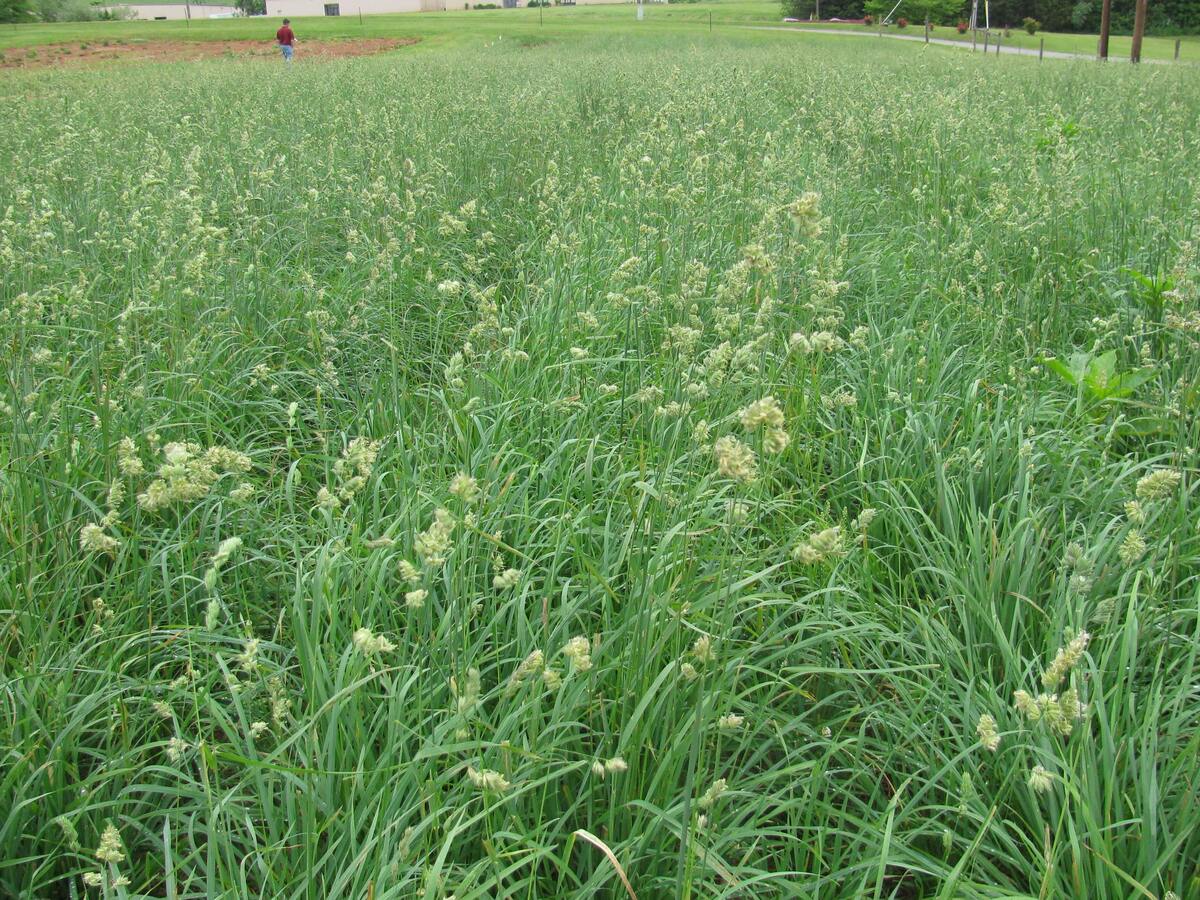

Landscaping Ideas
When To Plant Orchard Grass Seed
Modified: February 18, 2024
Learn when to plant orchard grass seed for your landscaping ideas. Discover the best timing and tips for successful growth.
(Many of the links in this article redirect to a specific reviewed product. Your purchase of these products through affiliate links helps to generate commission for Storables.com, at no extra cost. Learn more)
Introduction
Landscaping with lush greenery and vibrant flora can transform any outdoor space into a captivating oasis. Among the various options available, orchard grass stands out as an excellent choice for its resilience, versatility, and aesthetic appeal. Whether you are a seasoned gardener or a novice enthusiast, understanding the nuances of planting orchard grass seed is crucial for a successful and thriving landscape.
In this comprehensive guide, we will delve into the optimal timing for planting orchard grass seed, the essential factors to consider before initiating the process, and the step-by-step instructions for seamless cultivation. Additionally, we will explore the best practices for nurturing and maintaining orchard grass, ensuring that your outdoor haven flourishes with vitality.
Embark on this horticultural journey with us as we uncover the art and science of cultivating orchard grass, offering insights that will empower you to create a verdant and picturesque landscape. Whether you envision a sprawling meadow or a manicured lawn, the knowledge and techniques shared in this guide will serve as your trusted companions, guiding you towards a thriving orchard grass haven.
Key Takeaways:
- Plant orchard grass seed in early spring or early fall for optimal growth. Consider soil quality, sunlight exposure, and climate before planting to ensure a thriving landscape.
- Follow strategic steps for planting orchard grass seed, including site selection, soil preparation, and moisture management. Implement regular care practices like mowing, fertilization, and pest control for a vibrant orchard grass landscape.
Read more: When To Plant Gaillardia Seeds
Understanding Orchard Grass
Orchard grass, scientifically known as Dactylis glomerata, is a cool-season perennial grass that is highly valued for its rapid growth, abundant foliage, and adaptability to various soil types. This grass species typically forms dense, tufted clumps and can reach heights of 2 to 4 feet, creating a visually striking and verdant landscape. Its distinctive characteristics make it a popular choice for pastures, hay production, erosion control, and ornamental lawn settings.
One of the defining features of orchard grass is its exceptional tolerance to shade, making it an ideal candidate for areas with partial sunlight or dappled shade. Furthermore, its deep root system enables it to withstand periods of drought, ensuring its resilience even in challenging environmental conditions. This adaptability contributes to its widespread cultivation and its ability to thrive in diverse geographical regions.
Orchard grass is also known for its rapid regrowth after cutting or grazing, making it a valuable resource for livestock forage and hay production. Its high nutritional value, characterized by moderate protein content and digestibility, further enhances its appeal for agricultural and pastoral purposes. Additionally, the dense foliage of orchard grass provides excellent ground cover, contributing to soil stabilization and erosion prevention.
When it comes to landscaping, orchard grass serves as an attractive and low-maintenance option for creating verdant lawns, meadows, and ornamental grassy areas. Its graceful, slender blades and upright growth habit add an elegant touch to outdoor spaces, elevating the visual appeal of gardens and landscapes. Whether utilized for its practical agricultural benefits or its ornamental charm, orchard grass remains a versatile and sought-after grass species in the realm of landscaping and horticulture.
Best Time to Plant Orchard Grass Seed
Timing plays a pivotal role in the successful establishment of orchard grass, and selecting the optimal season for planting is essential to ensure favorable germination and robust growth. As a cool-season grass, orchard grass thrives in moderate temperatures, making early spring and early fall the ideal periods for seeding. These transitional seasons provide the ideal combination of soil warmth and moisture, creating conducive conditions for the germination and establishment of orchard grass seedlings.
Early spring, typically from late February to early April, offers an advantageous window for planting orchard grass seed. During this period, the soil begins to thaw, and the ambient temperatures rise, creating a favorable environment for seed germination and early growth. The ample moisture present in the soil during the spring months further supports the development of young orchard grass plants, setting the stage for vigorous growth and establishment.
Similarly, early fall, spanning from late August to early October, presents another opportune timeframe for sowing orchard grass seed. As the heat of summer wanes and cooler temperatures prevail, the soil retains residual warmth from the summer months while benefiting from increased moisture levels. This combination of favorable conditions encourages robust root development and establishment, setting the stage for healthy orchard grass growth in the following spring.
By aligning the planting of orchard grass seed with these optimal timeframes, landscapers and gardeners can maximize the chances of successful germination and establishment, setting the stage for a thriving orchard grass landscape. Additionally, the moderate temperatures and adequate moisture during these transitional seasons contribute to the resilience of young orchard grass plants, enabling them to withstand environmental stress and flourish with vitality.
Understanding the seasonal nuances and leveraging the advantages of early spring and early fall for planting orchard grass seed is a strategic approach that sets the stage for a verdant and resilient landscape, brimming with the lush beauty of orchard grass.
Factors to Consider Before Planting
Before embarking on the process of planting orchard grass seed, it is essential to consider several key factors that can significantly impact the success of the endeavor. By carefully evaluating these elements and making informed decisions, gardeners and landscapers can optimize the conditions for orchard grass growth and establishment, laying the groundwork for a thriving and verdant landscape.
- Soil Quality: Assessing the soil quality is a critical first step before planting orchard grass seed. Orchard grass thrives in well-draining soil with a slightly acidic to neutral pH range of 6.0 to 7.0. Conducting a soil test to determine nutrient levels, pH, and texture can provide valuable insights for amending the soil to create an optimal growing environment for orchard grass.
- Sunlight Exposure: Orchards grass exhibits adaptability to varying light conditions, but it thrives in areas with partial to full sunlight. Evaluating the sunlight exposure in the intended planting area can help determine the suitability of the site for orchard grass cultivation.
- Climate Considerations: Understanding the local climate and weather patterns is crucial for successful orchard grass cultivation. Factors such as temperature fluctuations, precipitation levels, and frost dates should be taken into account when planning the timing of seed sowing and the subsequent care of young orchard grass plants.
- Seedbed Preparation: Adequate seedbed preparation is essential for creating an optimal environment for orchard grass seed germination and establishment. Clearing the planting area of debris, weeds, and competing vegetation, as well as tilling the soil to promote a loose and level seedbed, sets the stage for successful seeding.
- Companion Planting: Considering potential companion plants or existing vegetation in the vicinity of the planting area is important, as it can impact the growth and development of orchard grass. Selecting compatible plant species and managing potential competition can contribute to the overall health and vigor of the orchard grass stand.
By carefully assessing and addressing these factors, gardeners and landscapers can lay a solid foundation for the successful establishment and growth of orchard grass. Thoughtful planning, informed decision-making, and proactive soil management contribute to creating an environment where orchard grass can thrive and flourish, enriching the landscape with its lush greenery and resilient charm.
Plant orchard grass seed in the early spring or late summer for best results. This will give the seedlings time to establish before the heat of summer or the cold of winter. Keep the soil moist during germination.
Steps to Plant Orchard Grass Seed
Planting orchard grass seed involves a series of strategic steps aimed at optimizing the conditions for successful germination and establishment. By following a systematic approach and leveraging best practices, gardeners and landscapers can ensure that the process unfolds seamlessly, setting the stage for a thriving orchard grass landscape.
- Site Selection: Choose a suitable planting site with well-draining soil and adequate sunlight exposure, ensuring that the area is conducive to the growth of orchard grass.
- Soil Preparation: Prepare the soil by conducting a soil test to assess nutrient levels and pH. Amend the soil as needed to achieve the optimal pH range of 6.0 to 7.0, and ensure that the soil is loose, well-aerated, and free of debris.
- Seed Sowing: Distribute the orchard grass seed evenly across the prepared seedbed using a seed spreader or by hand. Aim for a seeding rate of approximately 8 to 10 pounds per acre for pure stands, or adjust the rate based on the desired seeding density and the presence of companion plants.
- Seed Incorporation: Gently incorporate the orchard grass seed into the soil at a depth of approximately ¼ to ½ inch using a rake or a cultipacker. This ensures good seed-to-soil contact, promoting successful germination and establishment.
- Moisture Management: After sowing the seed, ensure that the planting area receives adequate moisture to support germination. Lightly water the seeded area to keep the soil consistently moist, but avoid overwatering, which can lead to seed displacement or fungal issues.
- Establishment Care: Monitor the seeded area regularly for signs of germination and emerging seedlings. As the orchard grass plants begin to establish, continue to provide consistent moisture and manage weed competition to support their growth.
- Maintenance Practices: Once the orchard grass is established, implement a regular maintenance routine that includes mowing, fertilization, and pest management as needed to promote healthy growth and vigor.
By meticulously following these steps and adhering to best practices for orchard grass seed planting, gardeners and landscapers can create an optimal environment for the successful germination and establishment of this resilient and versatile grass species. Each step in the process contributes to the overall health and vigor of the orchard grass stand, ensuring that it thrives and flourishes, adding a touch of natural elegance to the landscape.
Read more: When To Plant Blackberry Seeds
Caring for Orchard Grass
Once orchard grass has been successfully established, implementing a comprehensive care regimen is essential to maintain its health, vigor, and visual appeal. By incorporating effective maintenance practices and attentive management, gardeners and landscapers can ensure that their orchard grass stands thrive and contribute to the overall beauty and functionality of the landscape.
Regular Mowing: Maintaining an appropriate mowing schedule is crucial for orchard grass care. Mowing not only helps control the height and density of the grass stand but also promotes tillering and a denser growth habit. A recommended mowing height for orchard grass is around 3 to 4 inches, allowing the grass to maintain its resilience and aesthetic appeal.
Fertilization: Providing the necessary nutrients through fertilization supports the vigorous growth and vitality of orchard grass. Conduct a soil test to determine the specific nutrient requirements and apply a balanced fertilizer as needed to maintain optimal soil fertility and promote lush, healthy foliage.
Watering Management: While orchard grass exhibits good drought tolerance, ensuring adequate moisture during dry periods contributes to its overall health and longevity. Monitor soil moisture levels and provide supplemental irrigation as needed to support the grass stand, particularly during extended dry spells.
Weed Control: Managing weed competition is essential for preserving the vigor and uniformity of the orchard grass stand. Implement targeted weed control measures to prevent invasive species from encroaching on the grassy area, preserving the integrity of the orchard grass landscape.
Pest and Disease Management: Vigilant monitoring for pests and diseases is crucial for early detection and prompt intervention. Implement integrated pest management strategies and promptly address any signs of pest infestation or disease to safeguard the health and vitality of the orchard grass stand.
Renovation and Overseeding: Periodic renovation and overseeding can rejuvenate aging or sparse orchard grass stands, promoting denser growth and rejuvenating the overall aesthetic appeal. Evaluate the stand regularly and initiate renovation efforts as needed to maintain a vibrant and resilient orchard grass landscape.
By actively engaging in these care practices and prioritizing the well-being of the orchard grass stand, gardeners and landscapers can ensure that this versatile grass species continues to thrive, enriching the outdoor environment with its lush greenery and enduring charm.
Conclusion
Embarking on the journey of cultivating orchard grass unveils a world of horticultural artistry and environmental stewardship, offering a myriad of benefits for agricultural, ornamental, and ecological landscapes. The careful consideration of planting timing, site selection, and maintenance practices sets the stage for a flourishing orchard grass haven, enriching outdoor spaces with its resilient charm and vibrant greenery.
As gardeners and landscapers navigate the nuances of orchard grass cultivation, they become stewards of a versatile and enduring grass species that embodies adaptability, resilience, and natural elegance. Whether adorning pastures, meadows, or ornamental lawns, orchard grass stands as a testament to the harmonious coexistence of practical utility and aesthetic allure.
By understanding the optimal timing for planting, the essential factors to consider, and the strategic steps for cultivation, individuals can unlock the potential of orchard grass, creating landscapes that resonate with vitality and natural beauty. The attentive care and management of orchard grass further solidify its role as a cornerstone of sustainable landscaping, contributing to the ecological balance and visual splendor of outdoor environments.
As the lush blades of orchard grass sway in the breeze and the landscape teems with the verdant exuberance of this resilient grass species, the art of cultivating orchard grass transcends mere horticulture, evolving into a harmonious symphony of natural splendor and human ingenuity.
Embrace the journey of cultivating orchard grass, and witness the transformation of outdoor spaces into captivating havens where the enduring allure of nature flourishes, guided by the hands of passionate gardeners and stewards of the land.
Frequently Asked Questions about When To Plant Orchard Grass Seed
Was this page helpful?
At Storables.com, we guarantee accurate and reliable information. Our content, validated by Expert Board Contributors, is crafted following stringent Editorial Policies. We're committed to providing you with well-researched, expert-backed insights for all your informational needs.








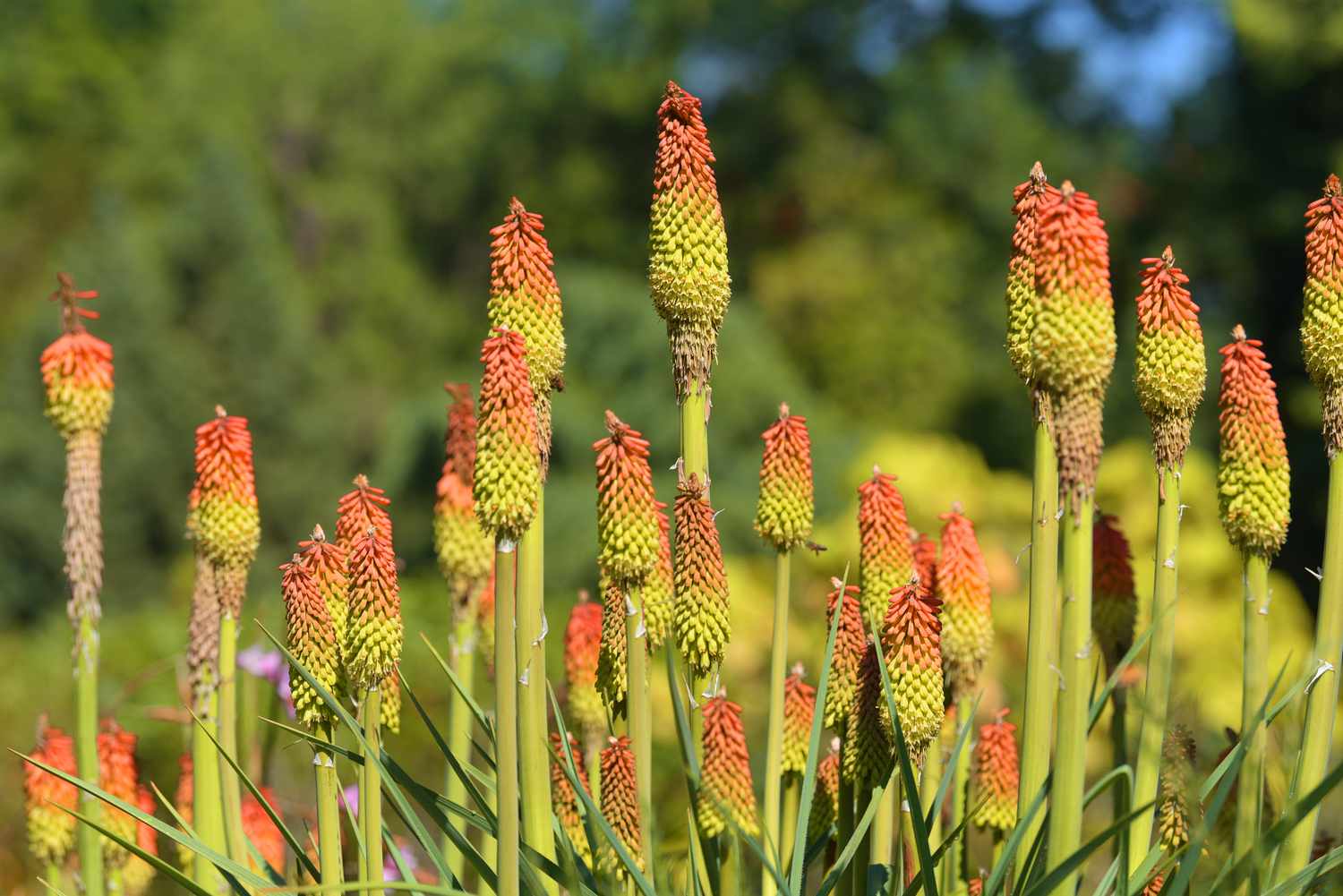
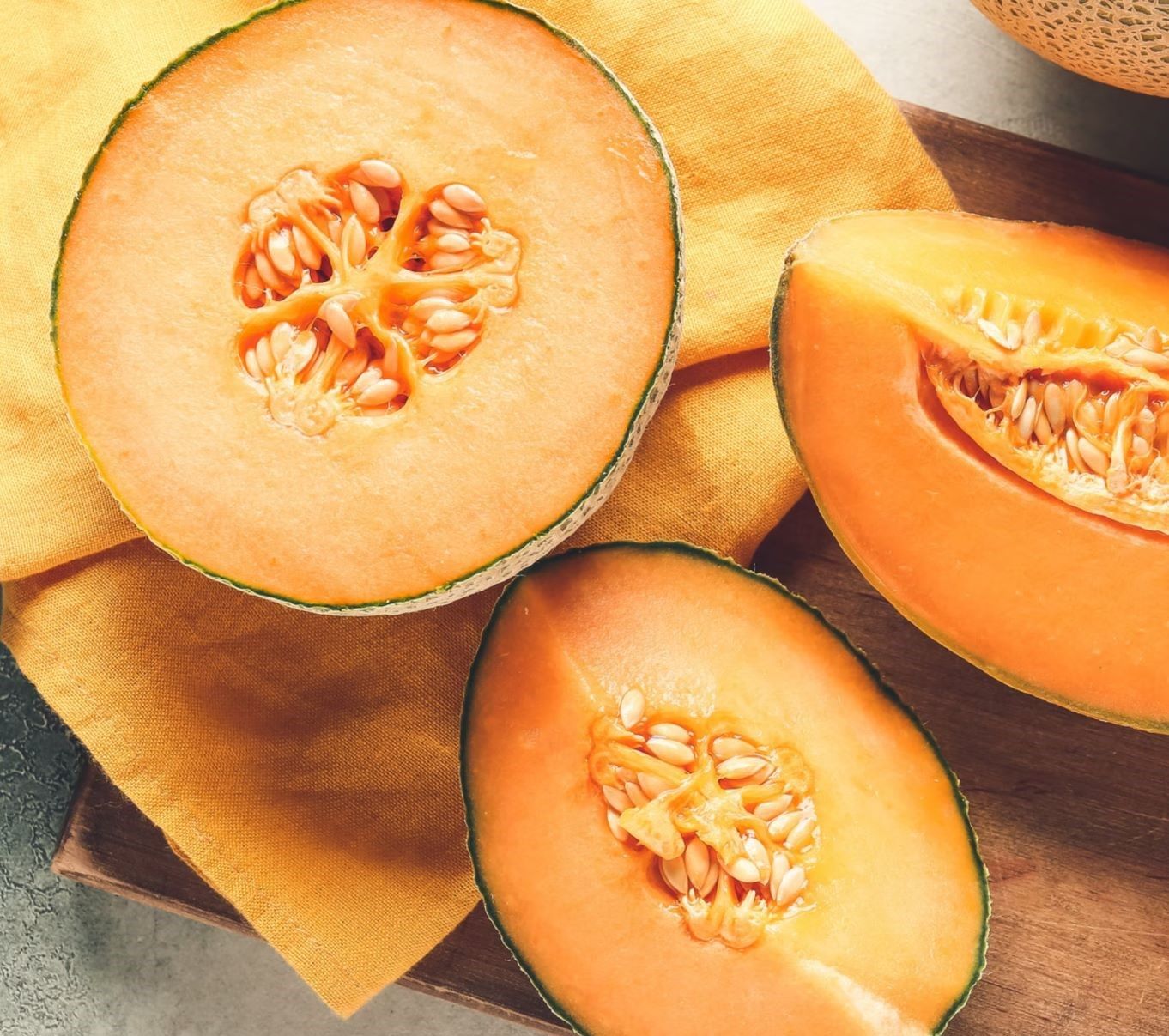
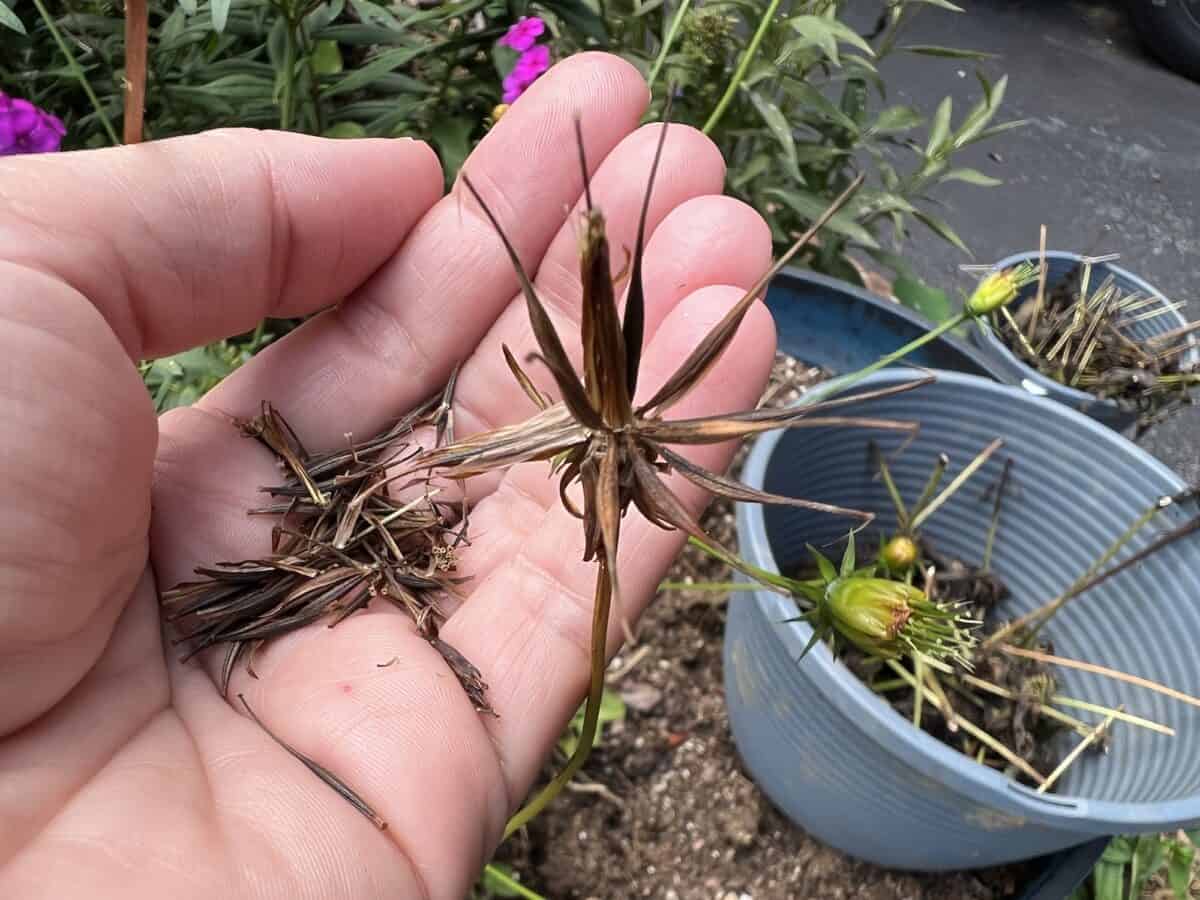
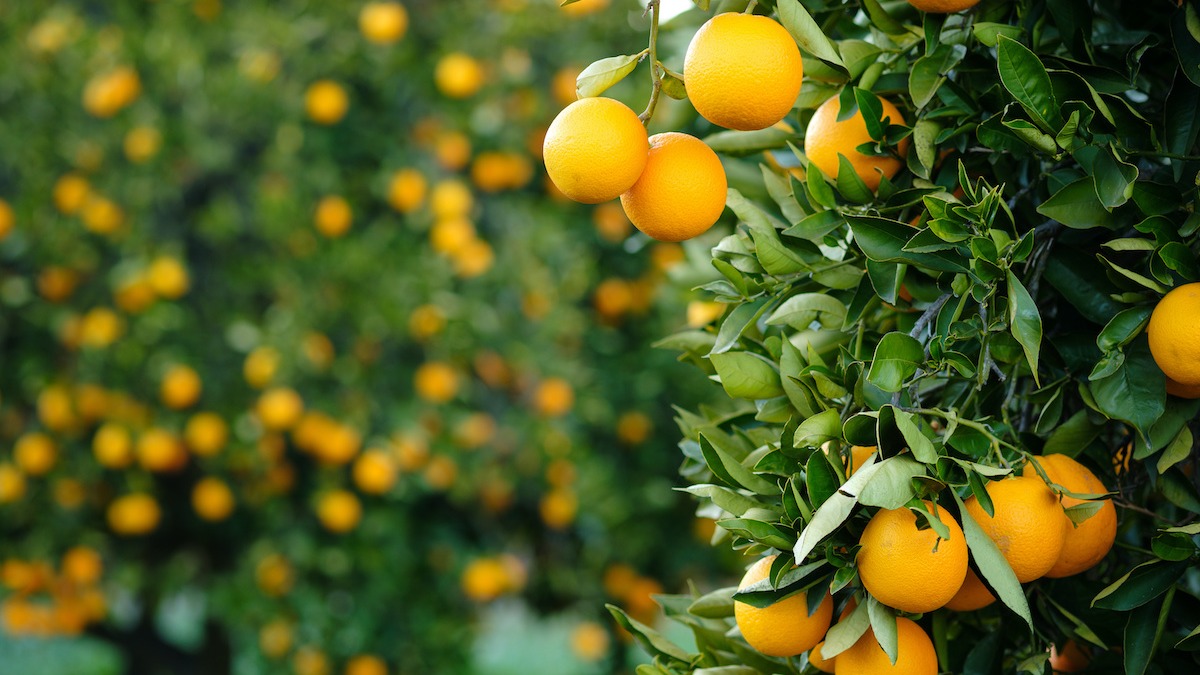
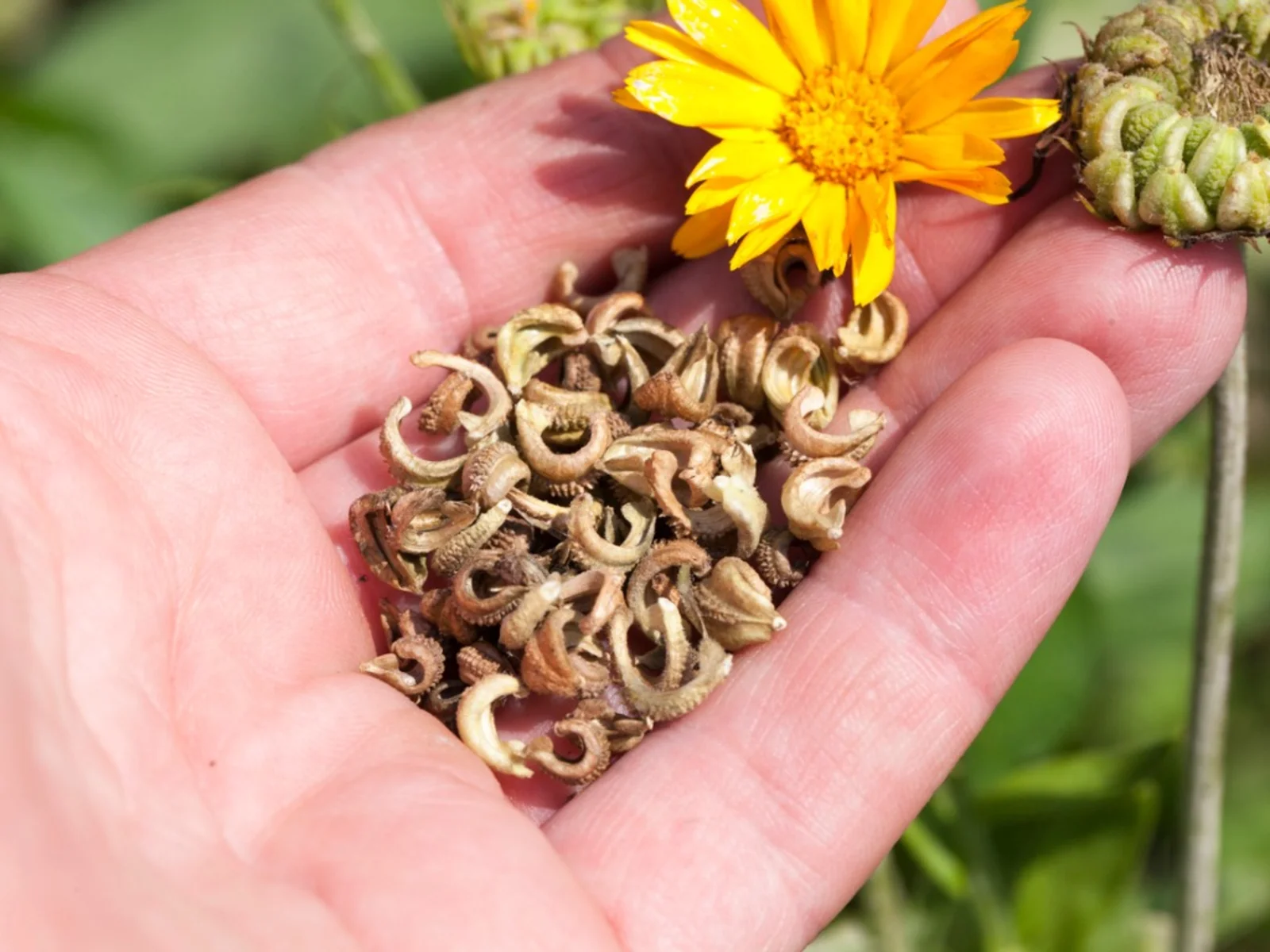
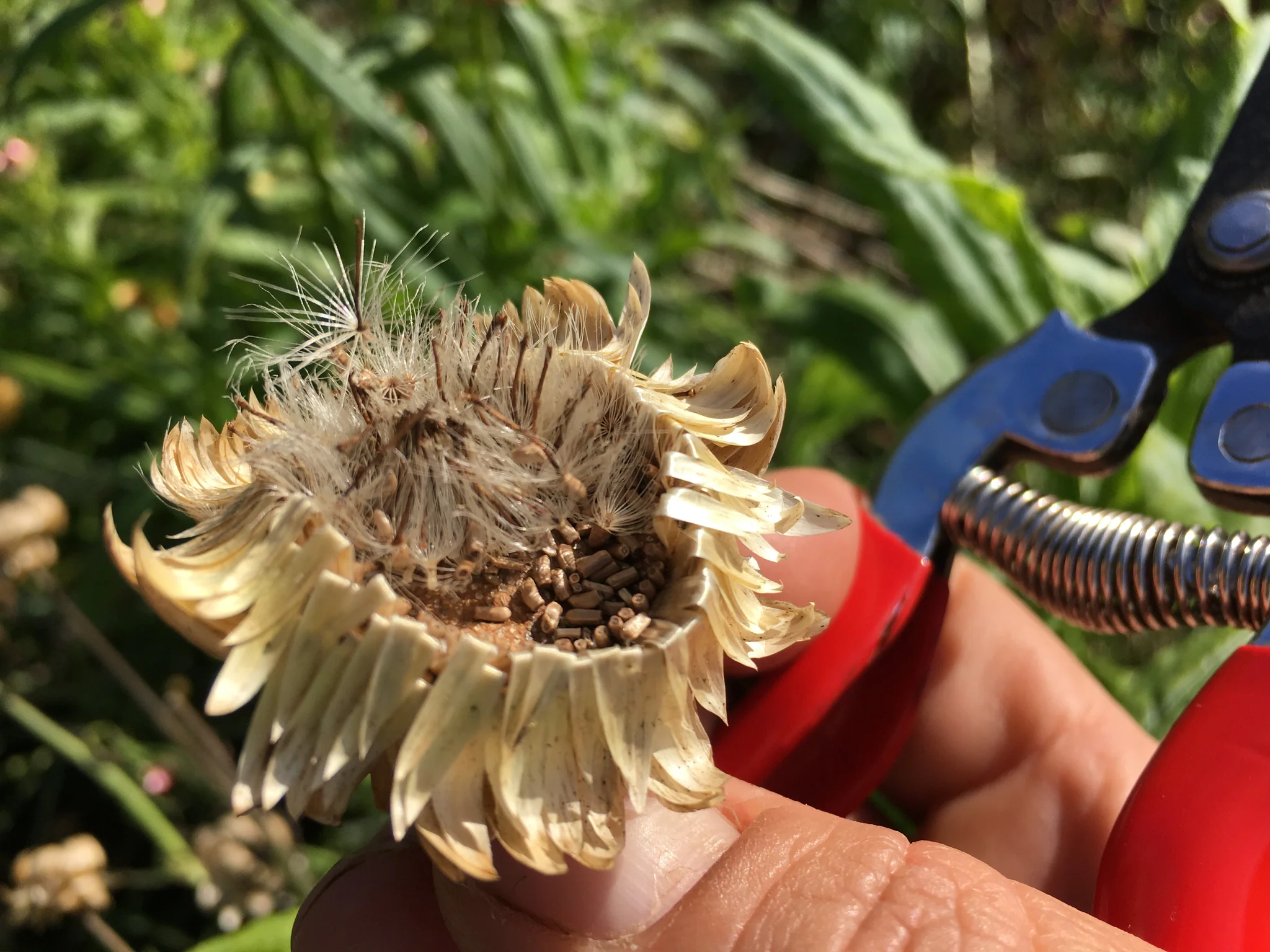

0 thoughts on “When To Plant Orchard Grass Seed”